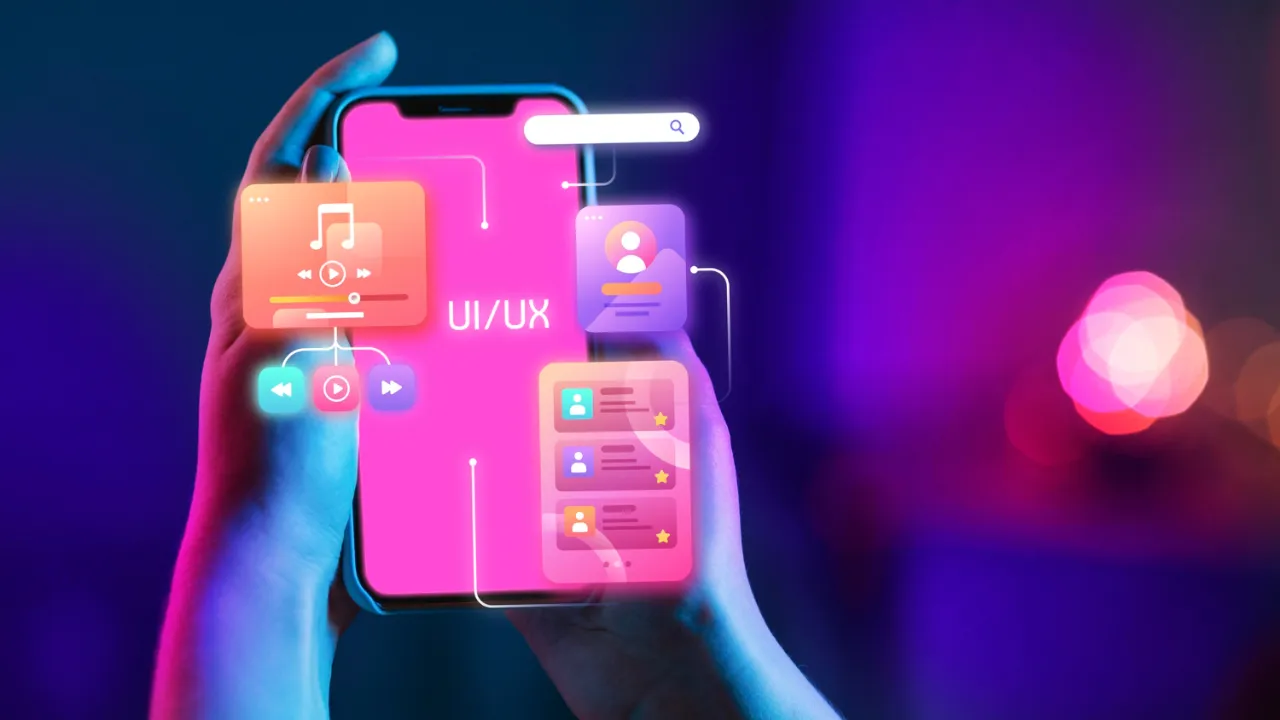
We all know that there is an increase in the usage of handheld devices in comparison to other devices like desktops. As per broadbandsearch.net, “53% of the world traffic over the internet is coming solely from handheld devices”.
Let us say the Mobile UX concept is an experience that a user gains while interacting with handheld devices. As per the Google reports from 2018, “Over 61% of users are unlikely to return to a website if they had trouble accessing it and the other 39% preferred visiting the competitor’s site instead”.
This pandemic has made startups focus on transforming their business onto a digital platform wherein they can provide an entirely contactless experience to the user with an application, thus eliminating offline channels. You would have noticed changes in industries like banking, retail, healthcare, automotive, etc. Many organizations are now pushing to provide a digital experience to their consumers by focusing on “Mobile User Experience” and hiring people with the understanding and ability to implement mobile UX in their daily lives.
You would be amazed to know when you do a simple search on Google about Job opportunities in Mobile UX. There are more than 17000+ job opportunities that match a mobile UX designer profile. Such facts can make you wonder about the possibilities in the field of mobile user experience.
To understand the instances where Mobile UX is used are dependent on the different set of handheld devices. As per digital trends report, there are more than 5 billion people across the world owning handheld devices. Activities such as daily communications, online shopping, content making, research, daily official work, banking, etc. were earlier dependent on either laptops or desktops are now dependent more than ever on these devices. The above background should reflect the importance of Mobile UX in today’s scenario.